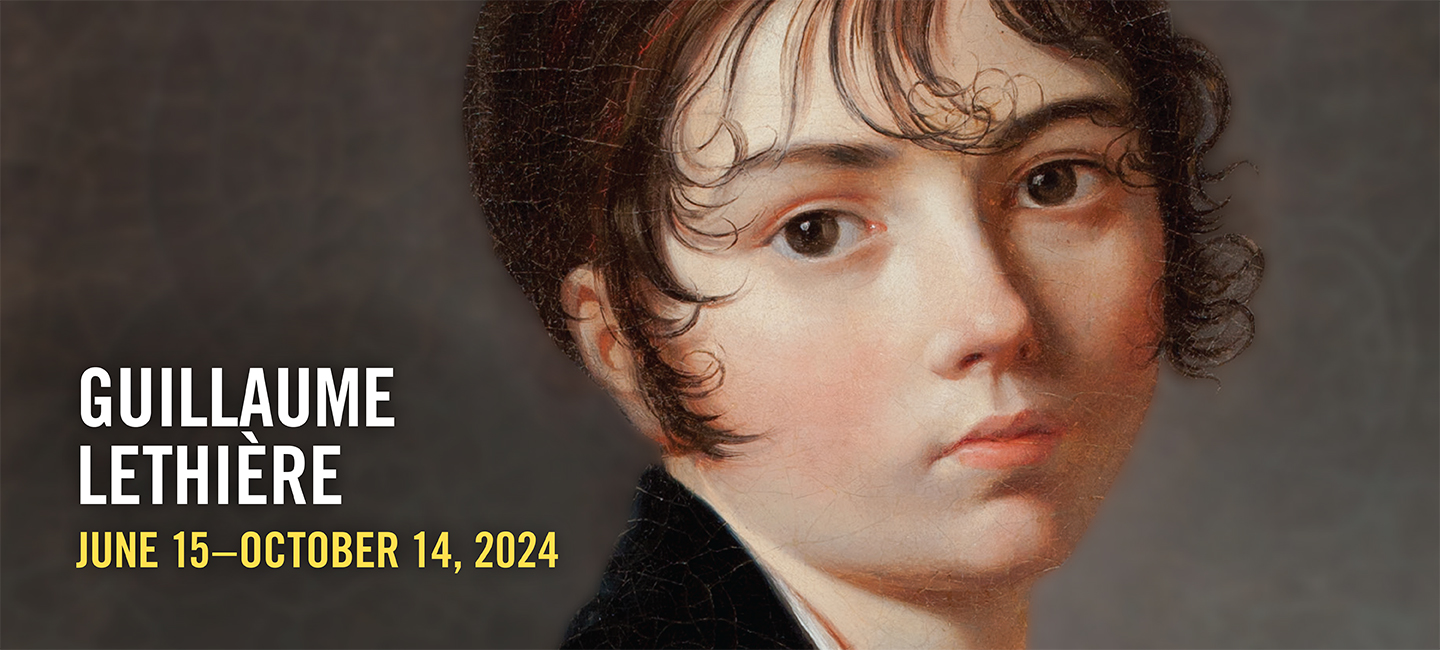Revolutionary Politics and Rome
 Guillaume Lethière, Brutus Condemning His Sons to Death, 1788, oil on canvas. Clark Art Institute, 2018.1.1
Guillaume Lethière, Brutus Condemning His Sons to Death, 1788, oil on canvas. Clark Art Institute, 2018.1.1 Lethière was a pensionnaire (resident student artist) at the Académie de France in Rome from 1786 to 1791. During this fertile period, he had the opportunity to study the city’s architecture and surrounding landscape as well as classical and Renaissance art firsthand. Students at the Académie were required to send annual envois (examples of their artistic progress) back to Paris for judgment. Lethière’s envois represent the beginnings of an ambitious project to depict the history of Rome in four episodes. The first two compositions in this series, Brutus Condemning His Sons to Death and Death of Virginia, would come to define Lethière’s career. He produced numerous drawings and esquisses (oil sketches) in preparation for the monumental works.
Alongside his artistic progress, Lethière also established a lasting social network while in Rome. Toward the end of Lethière’s stay, the director of the Académie, François-Guillaume Ménageot, reported that he had “won the esteem and friendship of everyone by his honesty, his politeness, and a frank and loyal character that never wavered.” As Lethière completed his studies in Rome, the violent French Revolution was underway back home. While distanced from the political and social upheaval unfolding there, his work clearly demonstrates his engagement with the revolutionary ideas animating the period.
